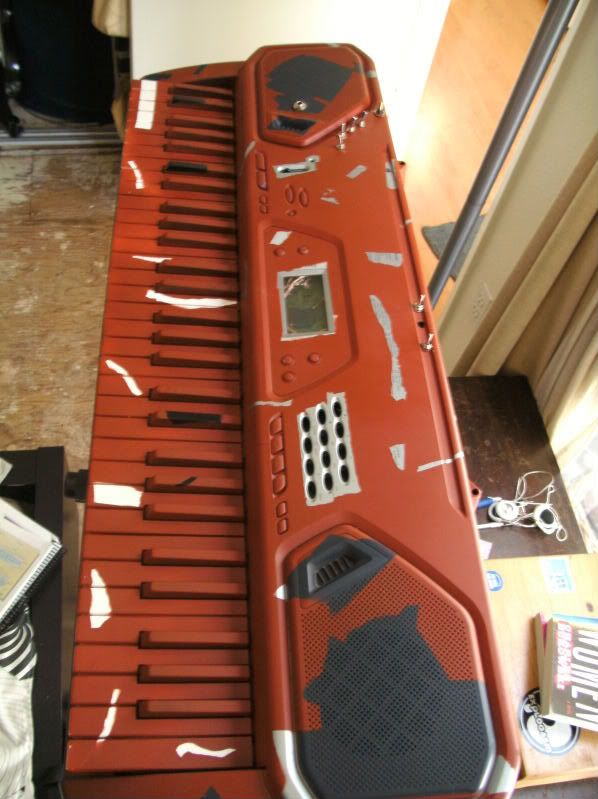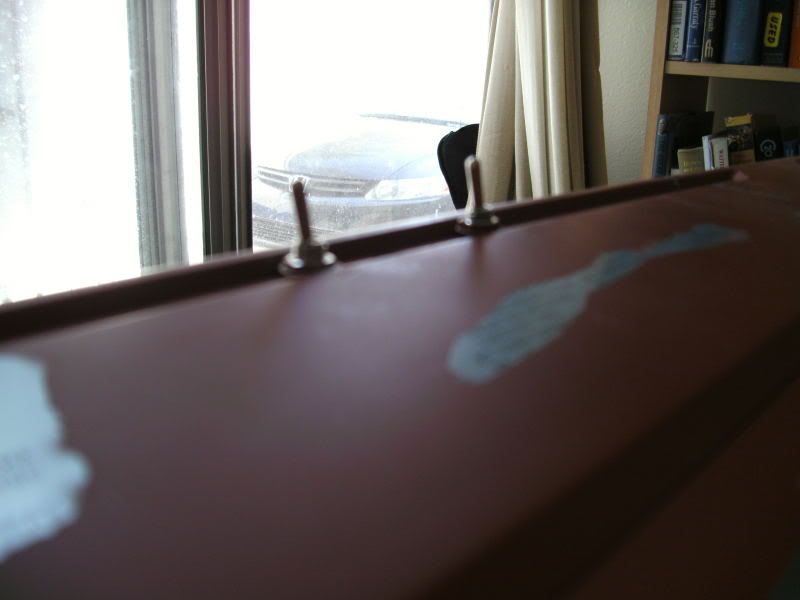Some of my happiest moments in school were on field trips. It was something I looked forward to all year. We got to ride in the giant yellow school bus. And I thought I was so cool because there were no seat belts on the busses. You got to sit next to your friends and talk, gossip and fool around. And then we finally got to the science center or art exhibit and had such a fun time learning about fossils, space and human anatomy. And then after a long day of learning cool stuff you went back to school and got to go home, skipping a whole day of lecture and boring class.
So being in college I hadn’t been to one field trip until today. I had been looking forward to all semester. Although, there was not a big yellow bus, I carpooled down to San Onofre State beach, with my oceanography professor and class mates. It started off cold early in the morning but became real warm as the sun rose.
We started by first identifying characteristics’ in sediment and cliff structures. Then went over to the tide pools and pick out certain plants and animals in their ecosystems. I even caught a tiny crab that was living in shell. When I picked him up he shrank back into his shell, and wouldn’t come out until I put him back into the water.
After a couple hours of making identifications and observing the wild life we left and drove back to school.
Now that I think about it, that might be the last filed trip I will ever be able to go on and that makes me a little sad because they can be both a lot of fun and a good learning experience.
So being in college I hadn’t been to one field trip until today. I had been looking forward to all semester. Although, there was not a big yellow bus, I carpooled down to San Onofre State beach, with my oceanography professor and class mates. It started off cold early in the morning but became real warm as the sun rose.
We started by first identifying characteristics’ in sediment and cliff structures. Then went over to the tide pools and pick out certain plants and animals in their ecosystems. I even caught a tiny crab that was living in shell. When I picked him up he shrank back into his shell, and wouldn’t come out until I put him back into the water.
After a couple hours of making identifications and observing the wild life we left and drove back to school.
Now that I think about it, that might be the last filed trip I will ever be able to go on and that makes me a little sad because they can be both a lot of fun and a good learning experience.







